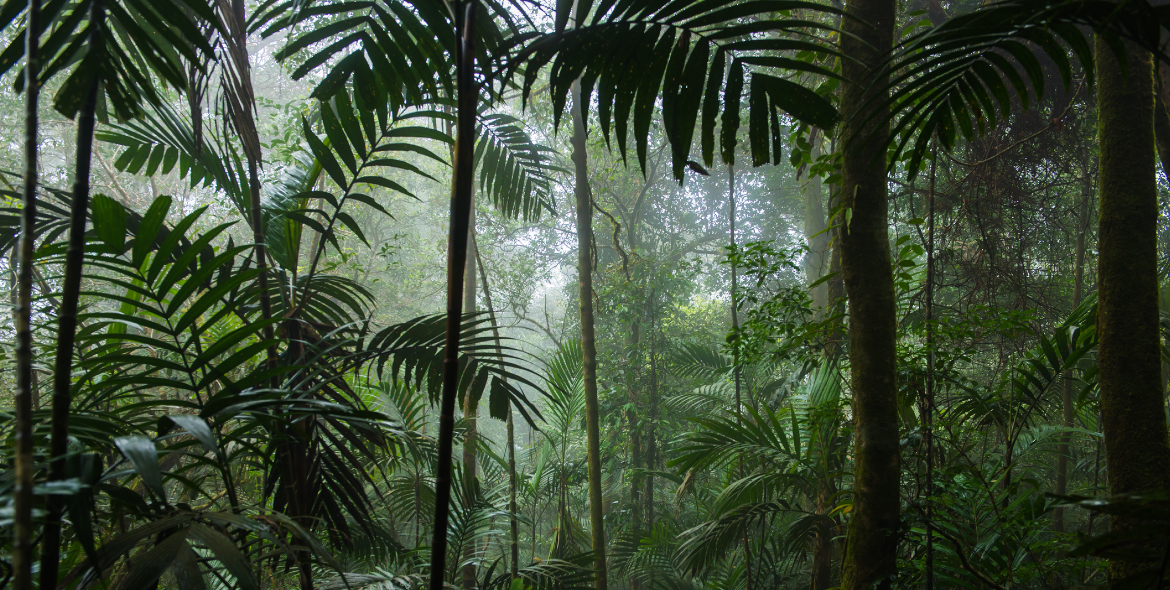Currently, the issues surrounding plastics pollution are becoming more widely known and we are continually learning more about the devastating repercussions this is having on our environment. As the impact of the pollution becomes more evident, the focus also quite rightly turns to the recycling processes used to dispose of this waste, and answers sought as to why over 8 million tonnes of plastic ends up in our oceans every year.
With recycling under the microscope and as the UK's largest recycler of end of life tyres, we are continually asked by our clients and members of the public about how robust our processes genuinely are, and why we are so confident that we responsibly dispose of every tyre we collect.
Since 2006, Britain's tyre industry has faced a near 100% reuse or recovery obligation. To achieve this commitment, a voluntary and market-based approach to tyre recycling was established, the ‘Responsible Recycler' scheme, and this has delivered significant results for the industry.
Managed by an independent body, the Tyre Recovery Association, the scheme ensures its members are routinely audited and the system guarantees that members are site and operationally competent in all relevant matters, provide data for annually recovered tonnages and offer full traceability of the tyres they recycle.
We are proud to be an active member of this scheme and have been since its conception. Every year we recycle over 12 million end of life car and truck tyres and what's more, we account for each one and then where and when it is processed. As we recycle every tyre we receive it means that we can be 100% confident that the waste tyres we are responsible for won't end up somewhere in the environment that they shouldn’t.
Thanks to our custom built plants, we are also able to recycle 100% of every tyre. It's not a bad achievement, but what's more impressive is the vast array of products and industries that use the recycled products we manufacture. Every part of a tyre has a productive reuse.
The first phases of extraction
Steel and fibre make-up 25% of a tyre and these are removed before the rubber is processed.
The steel is extracted from the tyre and bailed before being shipped to organisations that melt it down to create materials used by the construction and automotive industries.
The fibre that's used in a tyre - to reinforce the structure and improve resistance to impact - is converted into fuel for industrial cement kilns or equestrian arenas.
Reusing the rubber
Once the steel and fibre have been removed from the waste tyres, the remaining 75% of the tyre, the rubber, is then processed and granulated into different grades of rubber crumb, depending on its end use.
The reclaimed rubber is used in products such as domestic carpet underlay and industrial floor tiles, as well as anti-terrorist barriers and as a bitumen replacement for roads. In fact, our rubber crumb is used in over 20 different types of products, but its primary user is the sports industry.
Rubber crumb is used as an infill on artificial sports pitches as it makes the artificial turf perform more like real grass, but without the mud! It means that football and rugby clubs get greater use out of their pitches throughout the year, without being hindered by bad weather.
What’s more, rubber crumb is one of the best performing artificial infills available as it creates the most realistic playing surface, but it does have its limitations. As the product is black it absorbs heat and in hot climates this can significantly influence performance.
Making the best infill on the market better
After a year of significant R&D, we created a hybrid infill, PRO-gran, which improves the performance characteristics of rubber crumb. Launched in November 2017, our new infill encapsulates the reclaimed rubber in polyurethane which helps to reduce heat absorption, but PRO-gran’s coating delivers other significant benefits beyond this. Pitch performance is improved, skin abrasions are reduced by up to 25%, and the infill doesn’t create airborne particulates or microplastics.
With many sporting organisations around the world looking for pitch infills that are guaranteed to be safe for their players, PRO-gran also delivers peace-of-mind as it passes the EU’s most stringent toxicology tests. Recently, this has been important for clubs such as FC Barcelona whose medical team were responsible for approving PRO-gran for use at the stadium.
The future of tyre recycling
One of the most exciting advancements in tyre recycling is the emergence of pyrolysis; a system of thermal conversion where shredded tyres are heated at extremely high temperatures in a reactor vessel. This process produces not only carbon black, a core ingredient used in the manufacture of new tyres, but also energy.
The pyrolysis process creates a circular economy as the recycled carbon black is used in the manufacture of new car tyres, which are then sold, consumed and recycled, before being processed back into the raw material, ready again for pyrolysis processing.
This emerging technology has the potential to change the face of tyre recycling not only here in the UK, but around the world and could considerably reduce the impact end of life tyres have on our environment.
Follow this link to find out more about the technologies we are developing to create greater value out of the recycled products we manufacture.
